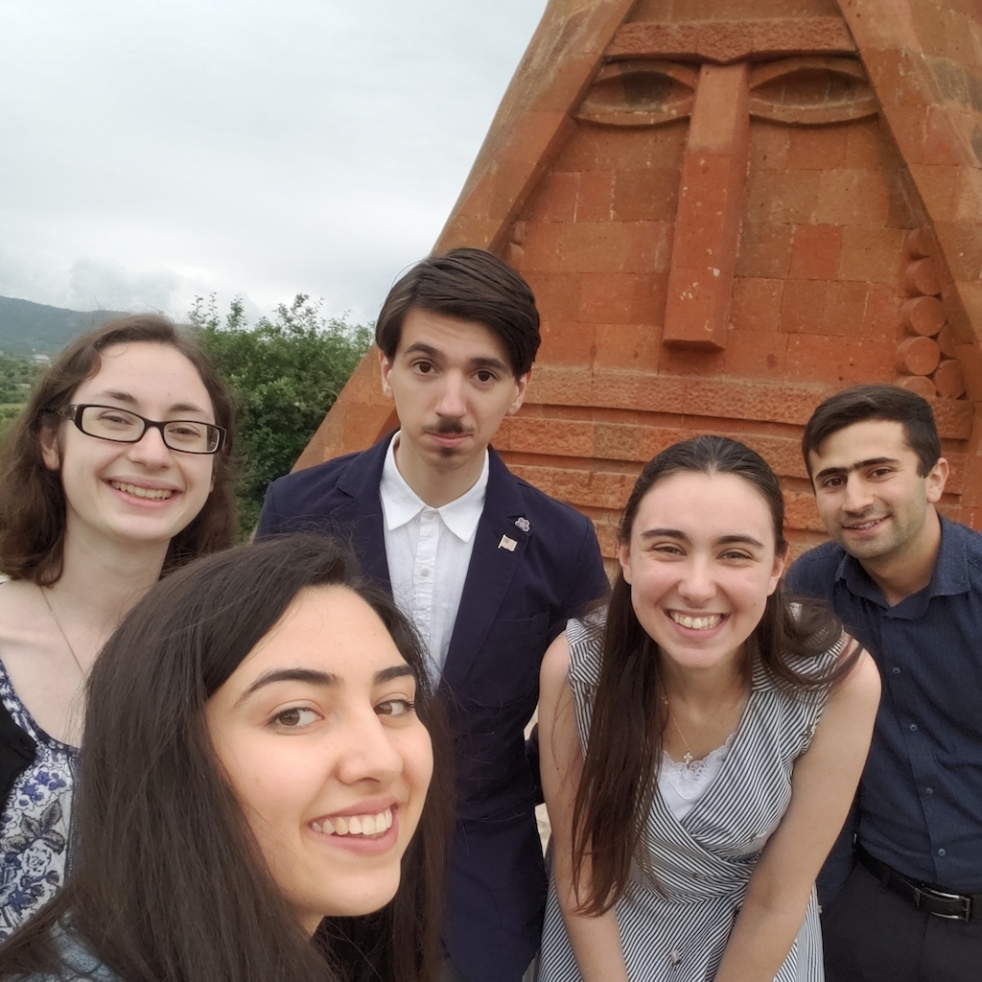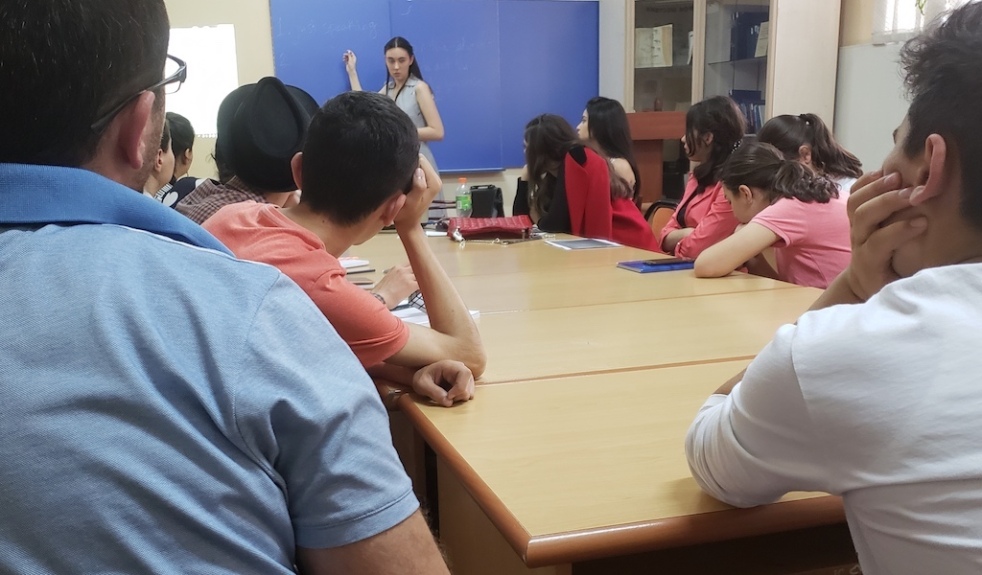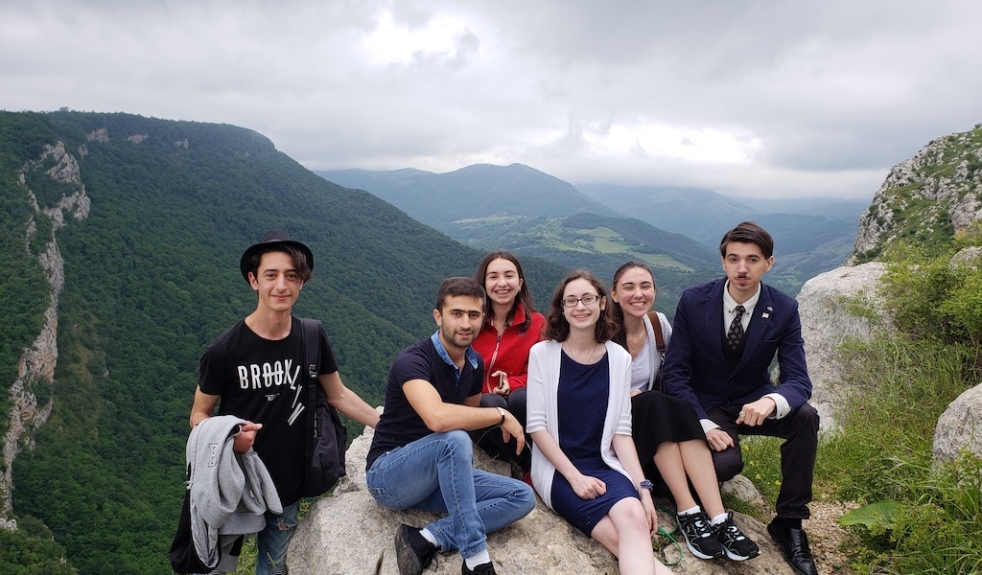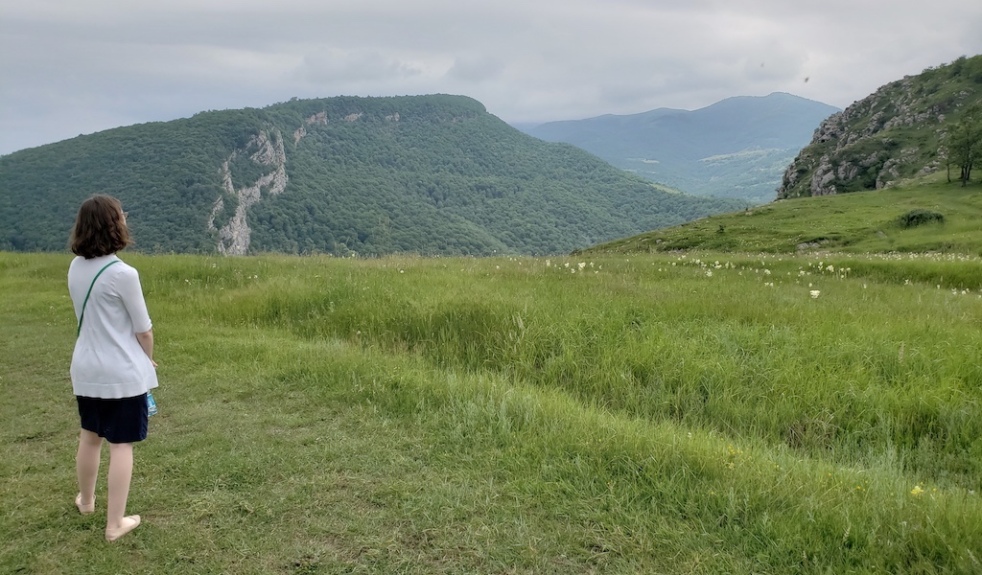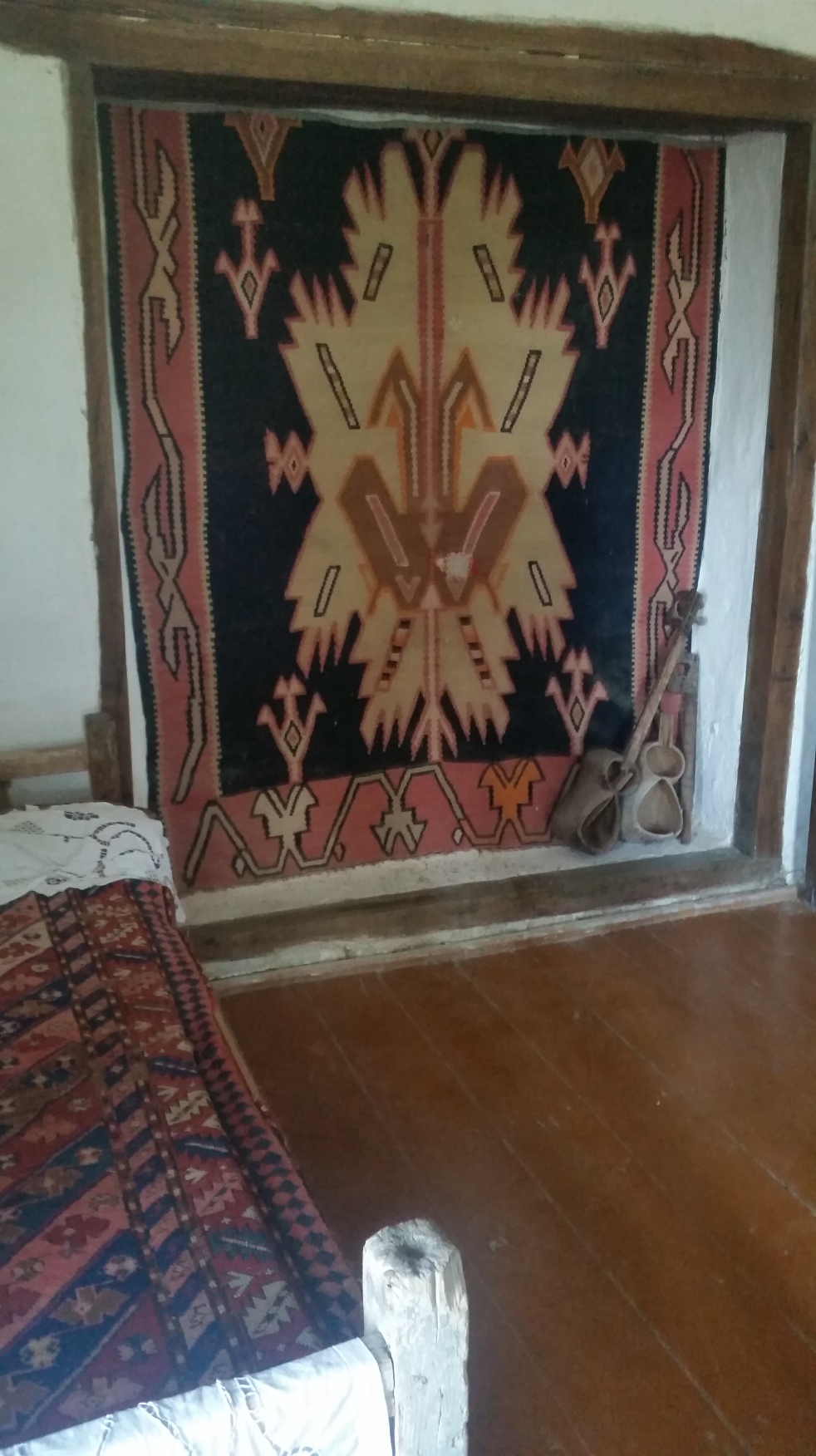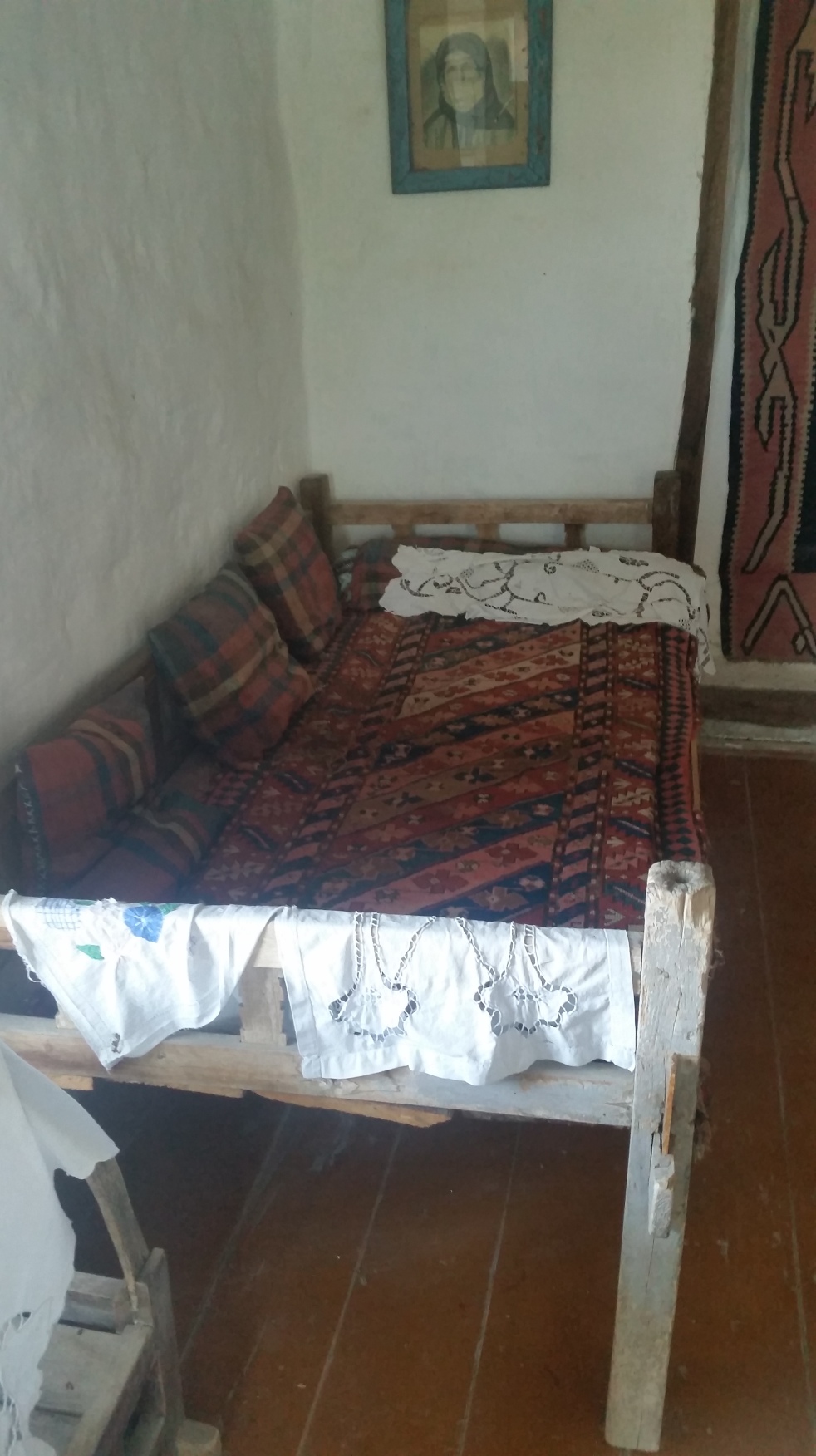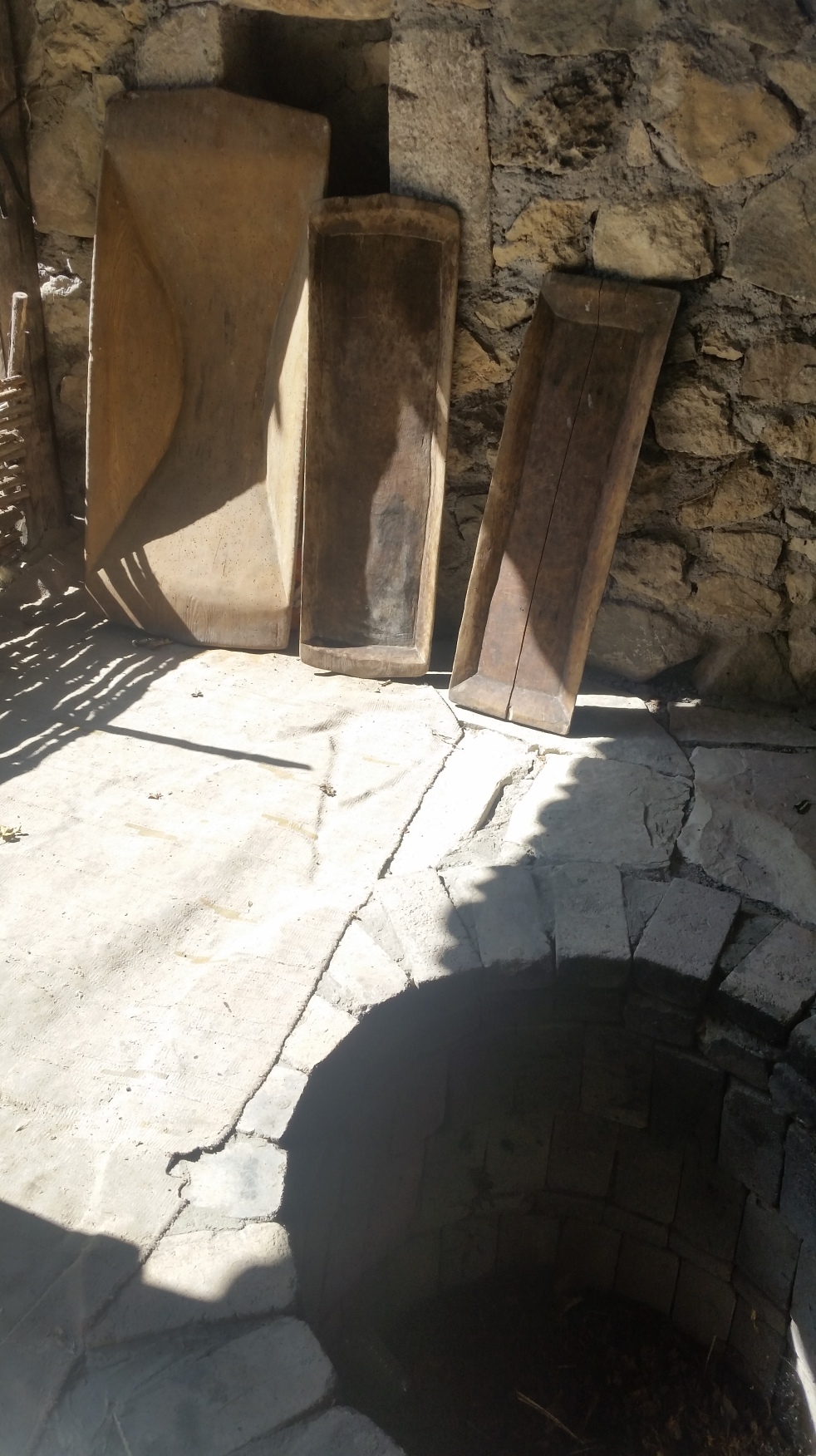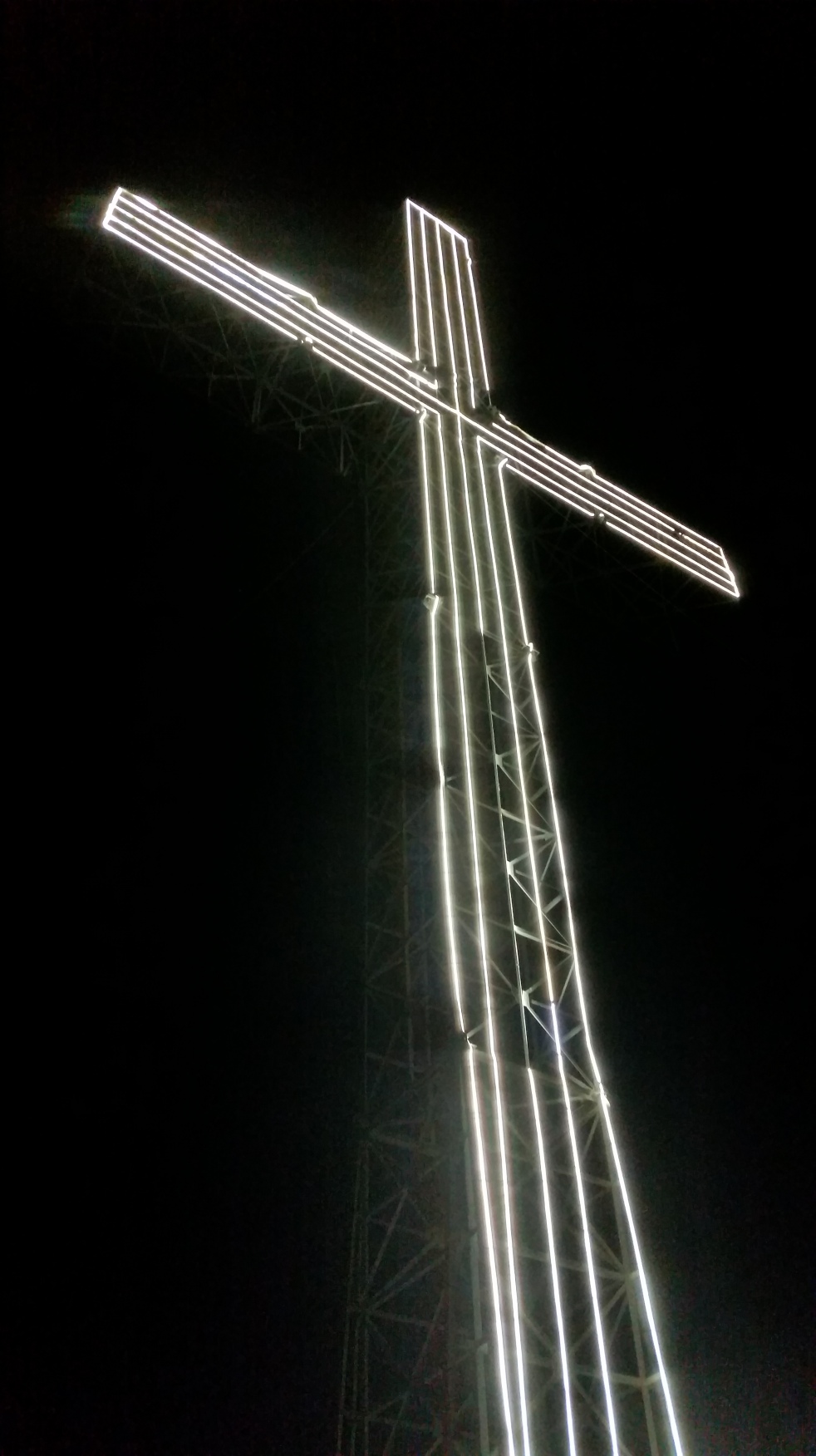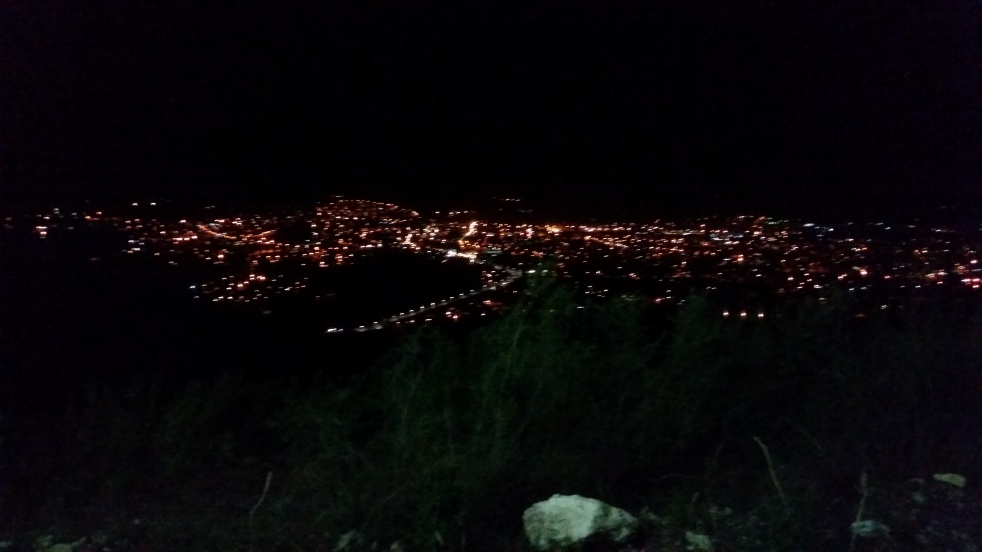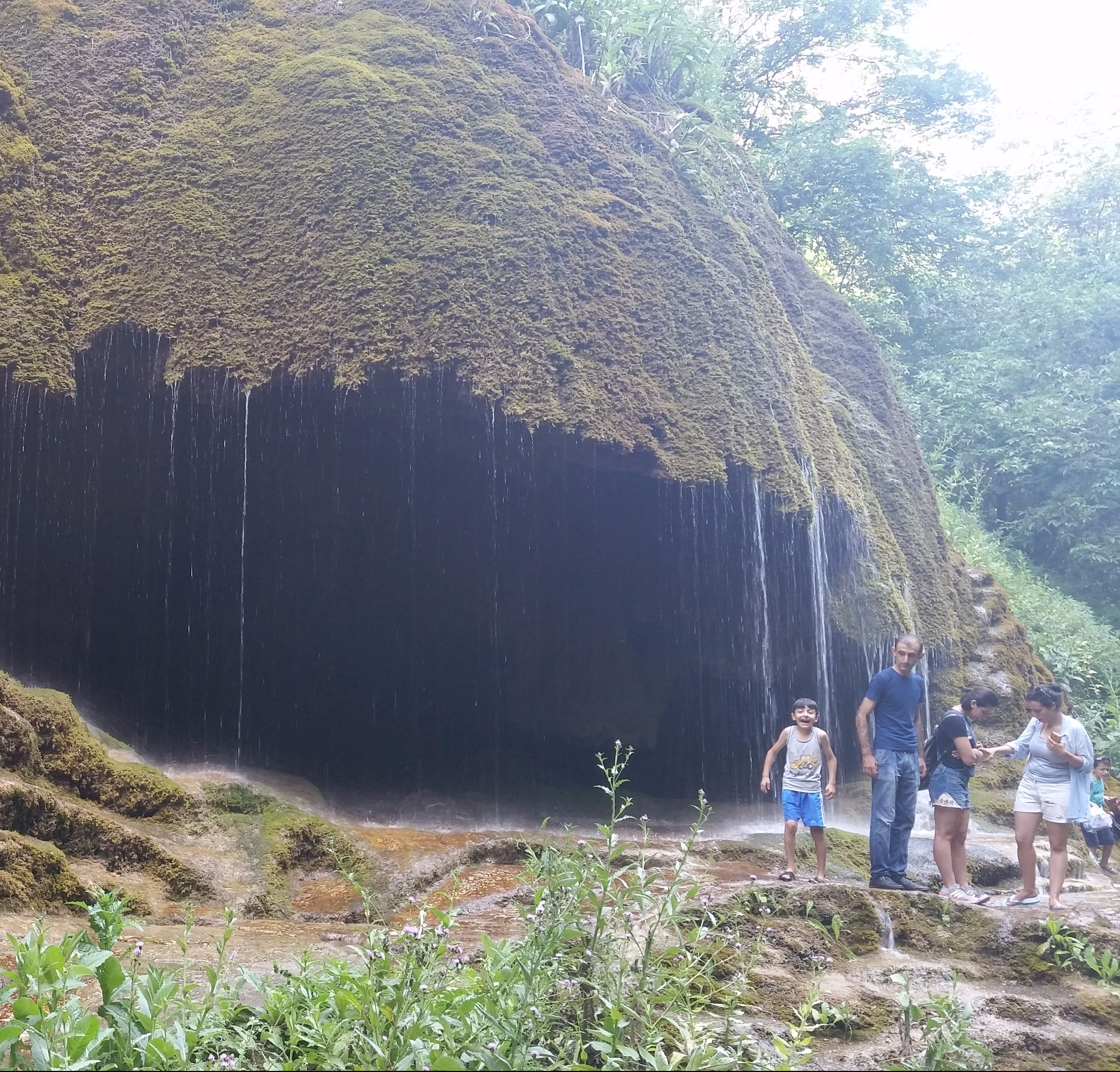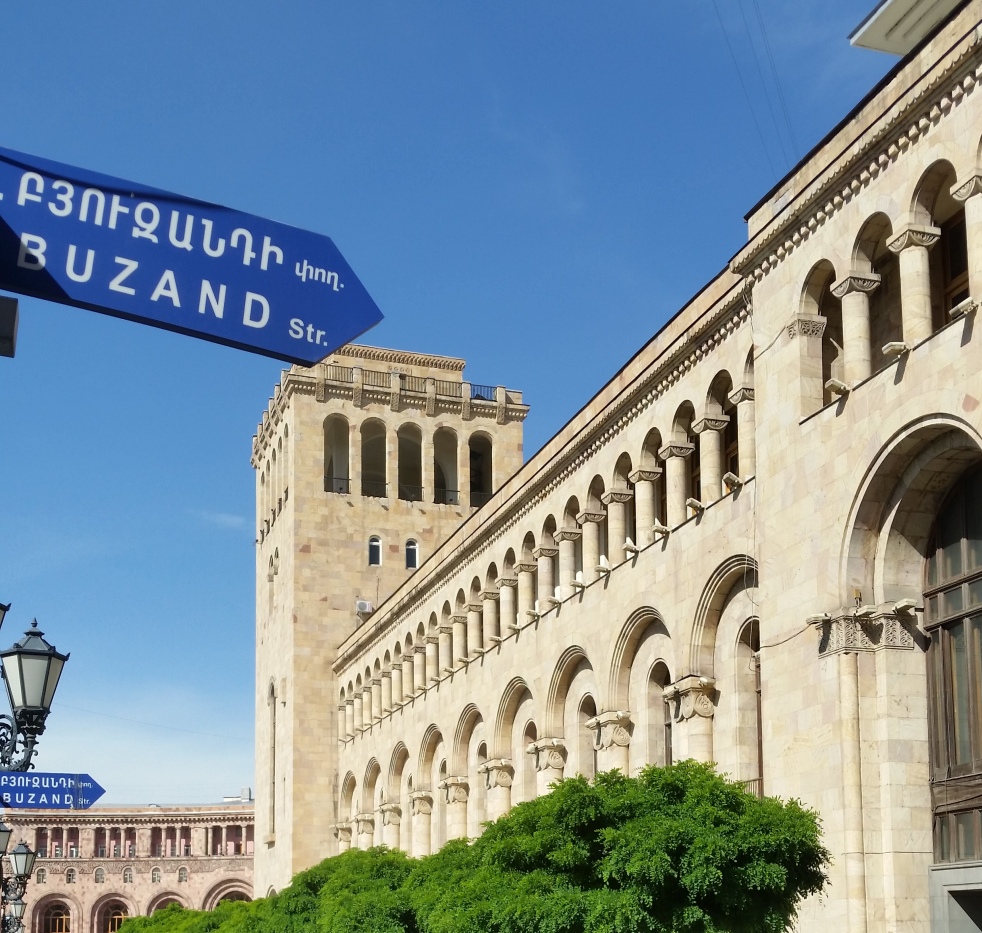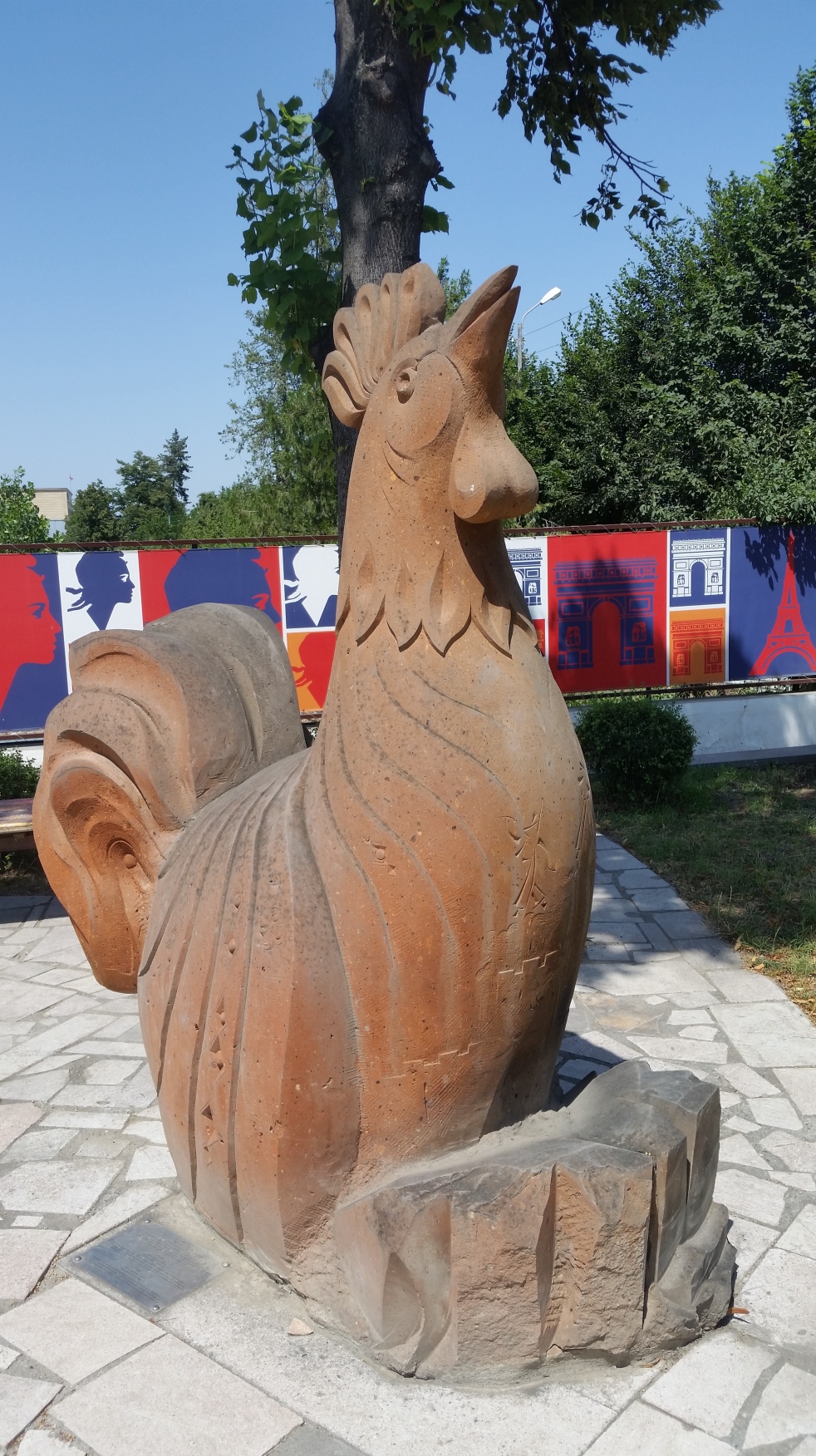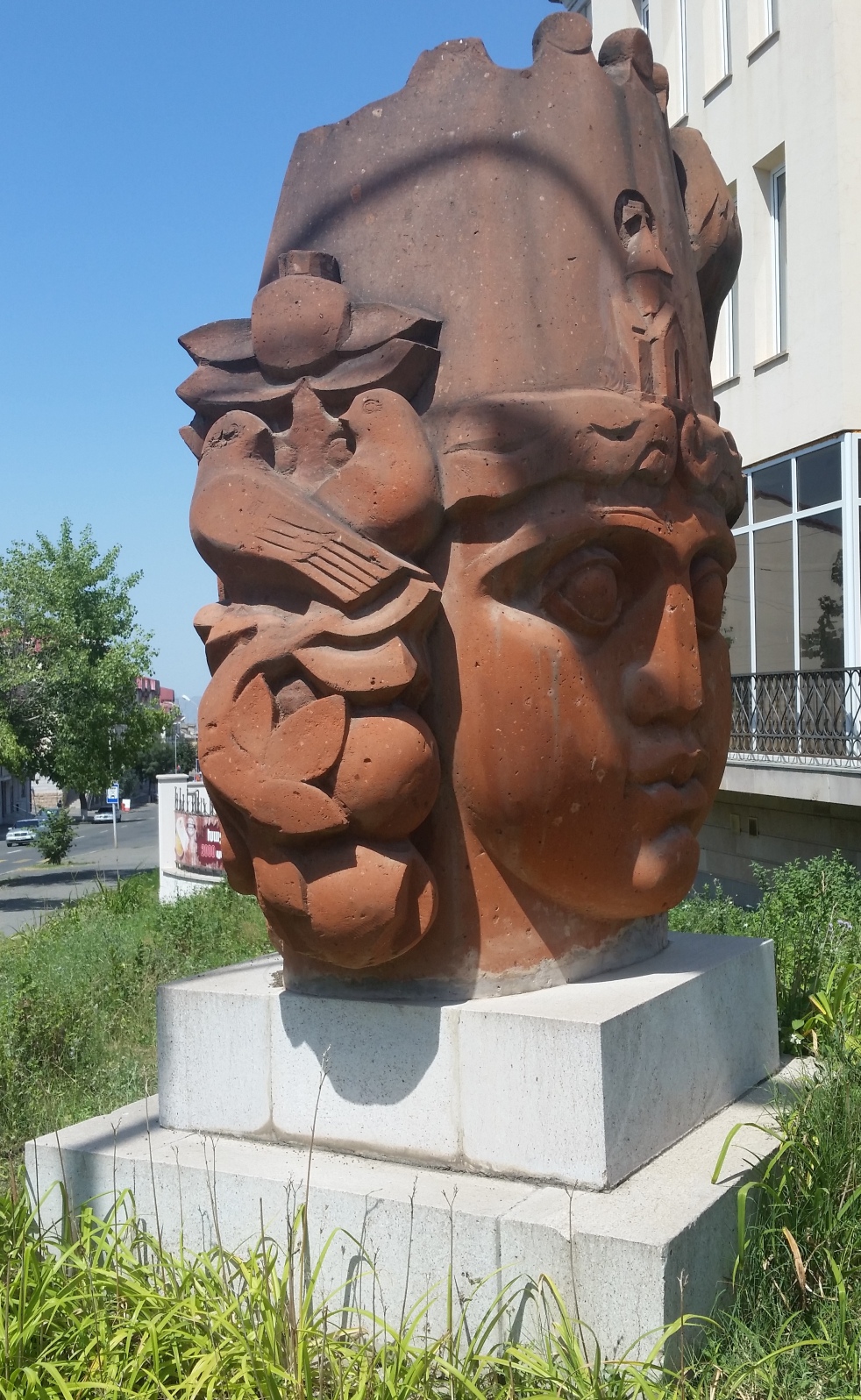By Matthew Stout
Etta, my co-worker, and I had to traverse the Stepanakert slopes to find hamburger meat for our Independence Day barbecue in Artsakh. We thought we could shop for meat in the late afternoon on the third without fear of the butcher running out: we were doubtful that an Artsakhtsi butcher would be making much profit from the American holiday.
But it was yet another hot one in Artsakh, pushing one-hundred degrees Fahrenheit: or thirty-nine degrees Celsius for those reading this across the pond. It was unfortunate that my birthday landed on that same day: but a well-known hazard for those with summer births.
Both Etta and I had already spent five hours with each other and we were already professionals with getting on each other’s nerves—the heat didn’t help, either. The whole situation was a recipe for disaster, unless some one was added to the mix for relief.
Enter the butcher, or, more accurately, us entering the butcher’s shop. We were greeted with ‘Barev-dzez, Comrade’ (or ‘Hello, Comrade’). Being called comrade for the first time certainly felt comforting. I can understand the appeal.
His face lit up when he saw two foreigners walk into his off-white one-room shop filled with refrigerators. Rushing away from his blurry World Cup game, he shook my hand mumbling the same greeting over and over again. He asked me what I wanted but I could only hand him a piece of paper that read ‘3kg Ground Beef’ written in Russian by a friend. He lowered his glasses and concentrated on the message. After ten seconds he couldn’t make heads-or-tails of the meaning: I wonder if the translation from English into Russian sounded more akin to ‘beef from the ground.’ Nevertheless, he produced a tray of meat from the small fridge behind him. The circular motion I made with my finger resembled grinding enough to get the point across for him to take out the grinder.
The next move he made after understanding my request was a dash to a different refrigerator for some vodka. At first I thought he wanted to slick the grinder with some vodka to make the beef taste better. Not being a butcher myself, I nodded in approval.
He took my things and placed them in the back of the small room, then cleared a place for Etta and I to sit. He closed the blue tarp in the middle of the room, blocking the sunlight from shining inside. After we were comfortable, he continued to neglect our bashful refusals of food and proceeded to place bread, tomatoes, and cottage cheese in front of us—plus a small teacup filled with vodka.
After grinding the meat and breaking bread with butcher, it was time to season the hamburger mix. Etta was too shy to put her fingers in the beef. I tried my hand at mixing with his special salt, but flipping 3kg of beef was harder than I had imagined. Luckily the butcher was there to save us. He flipped the meat over like it was made of a crustacean instead of a terrestrial. He tasted the mixture and motioned that it needed more salt: I don’t think he knew we were making hamburgers.
He weighed the beef and neglected any charge for the meal he had given us. After lowering the product into a shopping bag, there was only one thing left to do: take another shot of vodka. Unfortunately, no toast could be given because our languages separated any vocal articulation.The only thing that could be said was ‘spasiva’ or ‘thank you.’ Thanks. And that was the way I felt after leaving the butcher’s shop.
Sure, maybe a four o’clock shot of vodka was unnecessary, and the meal he offered was too much to be consumed in one sitting. But throughout the entire interaction only a few words were exchanged between us, and I received more than just three-kilograms of ‘beef from the ground.’ The butcher saw an opportunity for camaraderie and understanding, which closed the barrier of culture and language that was so divisive between us.
Not such a bad birthday, after all.


